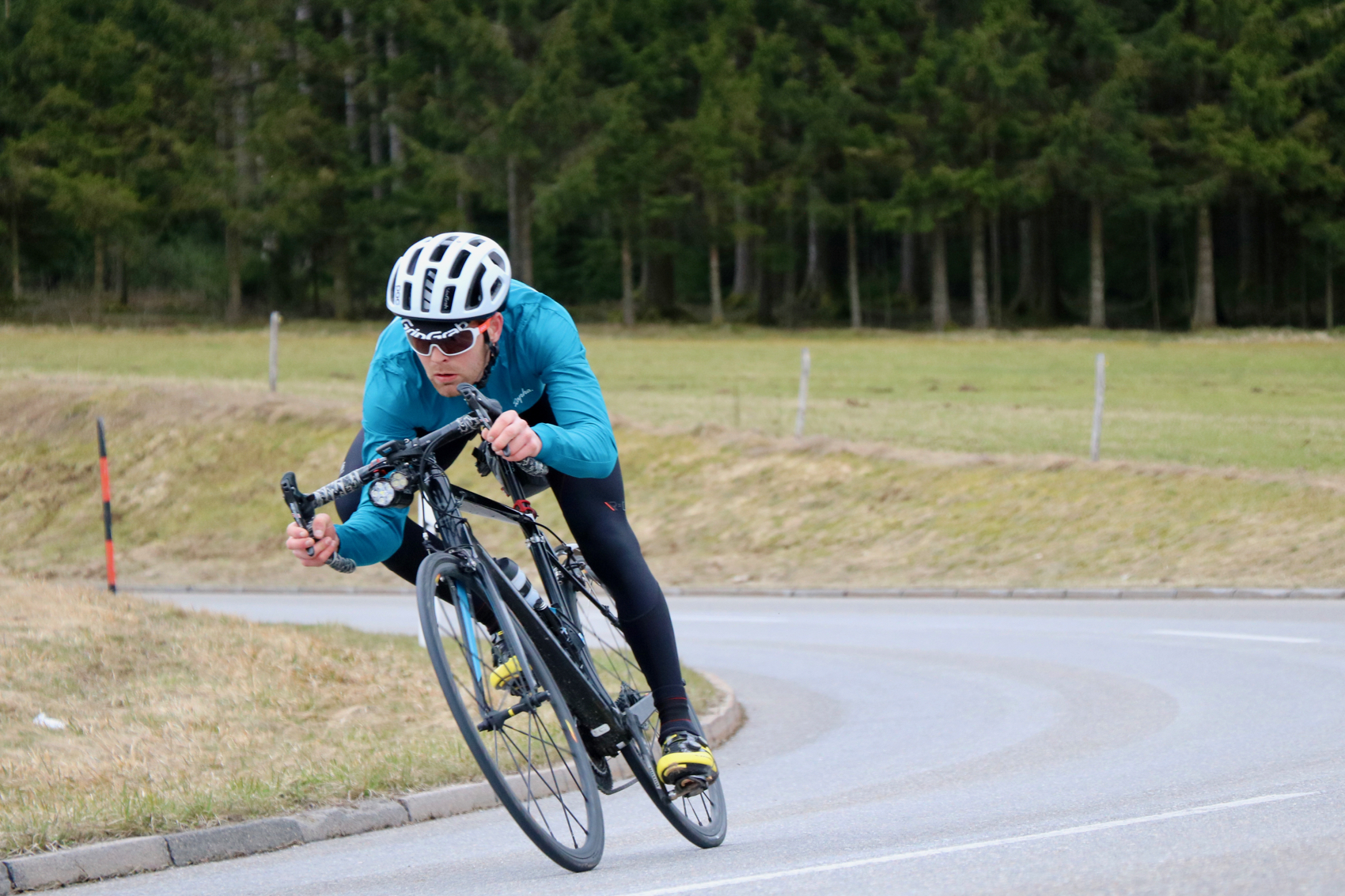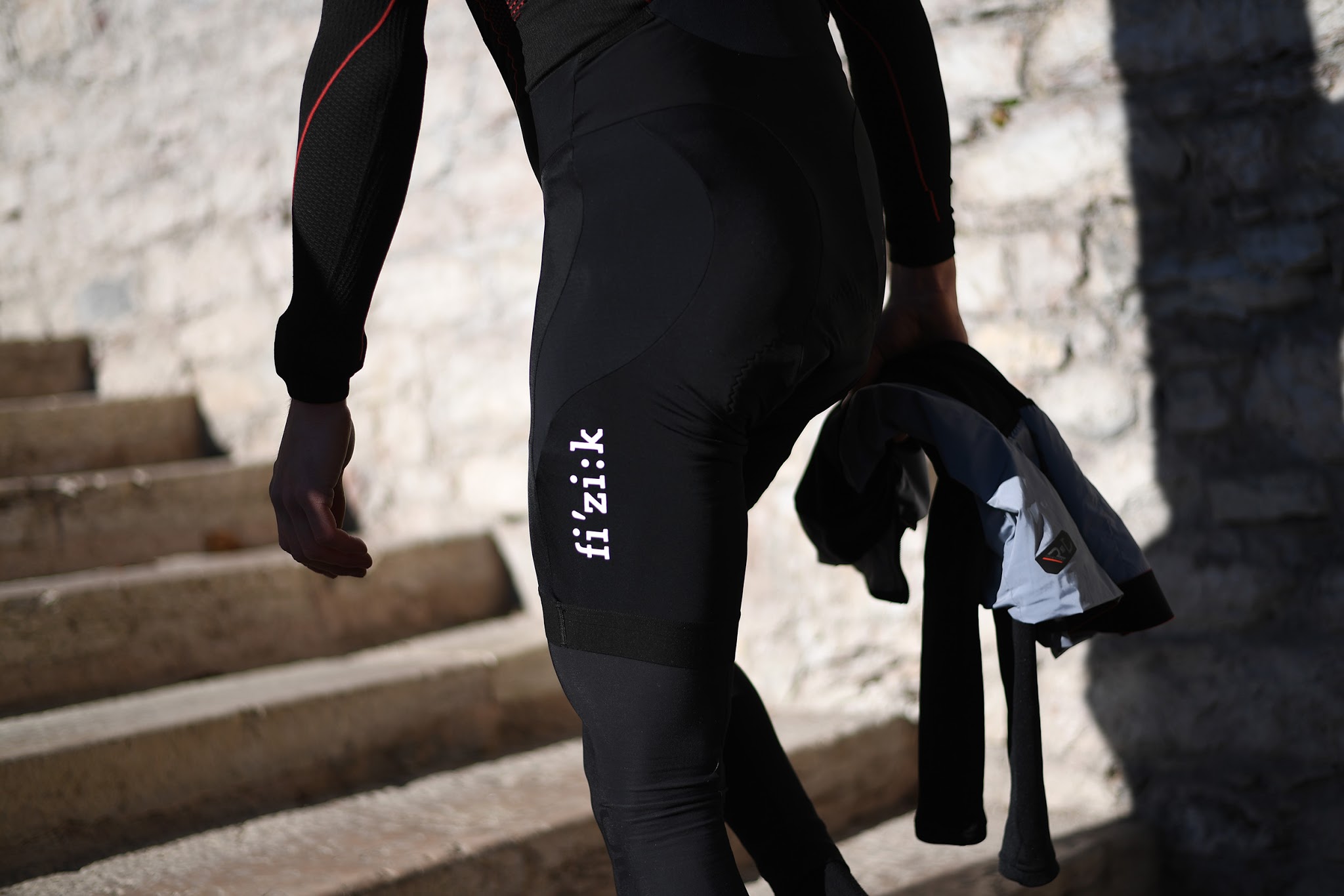Personal Care – Preventing and Treating Cycling Saddle Sores
Are you sitting comfortably? Saddle sores are a serious concern for many cyclists; at best they can be a cause of discomfort, at worst they could end a ride or adventure.
After many long distance bike rides such as the #BlackForest400 and #7Countries7Passes, these are my tips for preventing and treating saddle sores.
Recommended reading: 'How to Choose the Right Bicycle Saddle for You'
If your saddle height is too high then you do not put enough pressure on the pedals; increasing the pressure on your perineum or sit bones and increasing the rocking motion in the saddle that tends to lead to greater friction.
If your saddle height is too low, then you tend to sit very heavily on your seat bones with odd angled legs—this also increases friction and pressure.
A rough guide to setting the right saddle height:
If you are constantly finding that you are sitting on the nose of the saddle, then the likelihood is that your stem length is too long and/or your saddle too far aft. Equally, if you feel very upright in the saddle then you may be placing too much pressure on your seat-bones and lower back; so, you need a more stretched-out position that could be accomplished with a longer stem and/or moving the saddle aft.
Be careful adjusting saddle position, as this also affects leg extension (a more aft-positioned saddle will extend the leg—so it may require a small drop in saddle height).
Most saddle sores will subside with a break from riding, but severe cases that involve open blisters and possible infection need to be treated with antibiotics or anti-fungal cream. If you really have a severe case of saddle sores do not be afraid to visit your doctor and seek professional support.
After many long distance bike rides such as the #BlackForest400 and #7Countries7Passes, these are my tips for preventing and treating saddle sores.
1 – Saddle Choice
Having the correct width and length of saddle makes a huge difference to the chances of encountering saddle sores. Too wide, the saddle will rub on your seat bones. Too narrow, you will sit on your perineum rather than on your seat bones.Recommended reading: 'How to Choose the Right Bicycle Saddle for You'
2 – Saddle Height
The height of your saddle plays a significant role in determining the pressure and friction on your nether-regions.If your saddle height is too high then you do not put enough pressure on the pedals; increasing the pressure on your perineum or sit bones and increasing the rocking motion in the saddle that tends to lead to greater friction.
If your saddle height is too low, then you tend to sit very heavily on your seat bones with odd angled legs—this also increases friction and pressure.
A rough guide to setting the right saddle height:
- Sit on your bike next to a wall with both your feet clipped into the pedals (use your hand to steady yourself against the wall)
- Push your right heel down as far as you can: this will push the pedal to the furthest point of extension (Note: this is when the crank is inline with the seat-tube, not when it is vertical)
- If your foot is still pointing with the toes towards the ground then your saddle is too high. If your heel is significantly lower than your toes, then your saddle is too low. If your foot is just below or on horizontal then your saddle height is about right
- Repeat for the left leg, incase of discrepancies between leg length
3 – Bike Set-Up
In addition to saddle height, you also need to consider saddle position and stem length as factors that determine saddle comfort.If you are constantly finding that you are sitting on the nose of the saddle, then the likelihood is that your stem length is too long and/or your saddle too far aft. Equally, if you feel very upright in the saddle then you may be placing too much pressure on your seat-bones and lower back; so, you need a more stretched-out position that could be accomplished with a longer stem and/or moving the saddle aft.
Be careful adjusting saddle position, as this also affects leg extension (a more aft-positioned saddle will extend the leg—so it may require a small drop in saddle height).
4 – Bib Shorts and Seat Pad Choice
Just as saddles are different, so too are bib short pads. The best brands will use a different size seat-pad depending on the size of the short—as generally a smaller individual will require a smaller seat-pad. All brands are different in their seat pad choice though, and some will be wider or narrower than others, regardless of the short size.
A chamois that is too wide or has excess padding in one area will often crease up—creating ridges in the pad that in-turn cause an increased risk of pressure and friction.
There are a number of brands that are now producing a selection of different seat-pads to suit different riding styles and sitting positions. Read my review of the fi'zi:k Link Bib Shorts for more information.
5 – Chamois Cream
Chamois cream is an essential part of saddle comfort, especially for long or multi-day rides.
Specifically designed to reduce friction, chamois cream helps to avoid the uncomfortable rashes and ulcers that can occur from a prolonged build-up of friction between seat pad and skin. Do not be tempted to use generic barrier creams or products like Vaseline, as these might help to reduce friction, but they do not allow the skin to breathe—an essential part of avoiding infection.
I use Weleda Calendula Nappy Cream as a chamois cream; it is naturally antibacterial and anti-fungal (particularly relevant for female riders), while also helping to reduce friction. I combine this with Weleda Calendula Cuts and Grazes Salve if I need to treat problem areas that arise. (Use the code TIM24 to get 30% off at Weleda.co.uk)
6 – Keeping It Clean
Infection is the biggest risk of a saddle sore turning from an irritation into a serious problem. Infection occurs when the irritation turns into blisters and pimples, and it normally occurs because of a build up of bacteria or fungal growth in the area.
It is vital that you keep the seat area sterile and clean, especially on back-to-back rides. Do not use the same pair of riding shorts two days running and always wash your kit as soon as possible after a ride. If you are concerned about bacteria build up, use an antiseptic cream such as Weleda Cuts and Grazes Salve to help reduce the chance of infection. (Use the code TIM24 to get 30% off at Weleda.co.uk)
7 – Treating the Problem
In some cases saddle sores will occur however hard you try to prevent them. This is often the case if you have not built up your mileage steadily—so the constant friction and pressure inevitably irritates the skin. In these circumstances, you need to ensure you treat the problem properly to avoid prolonged or worsening infection.Most saddle sores will subside with a break from riding, but severe cases that involve open blisters and possible infection need to be treated with antibiotics or anti-fungal cream. If you really have a severe case of saddle sores do not be afraid to visit your doctor and seek professional support.












Comments
Post a Comment